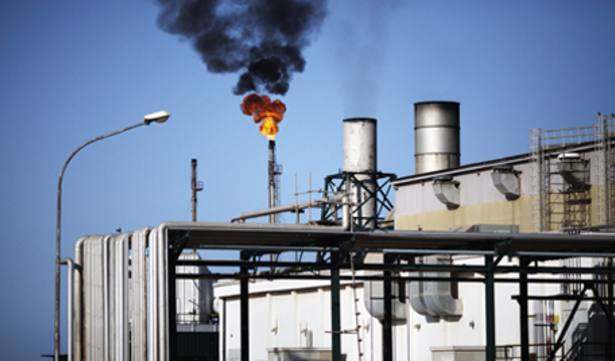The Organisation of Petroleum Exporting Countries (Opec) has abandoned its previous policy of stabilising market prices and is pursuing a strategy of maximising market share.
Oil prices have collapsed since Opec’s change in policy, but it is expected they will partially recover as certain high-cost producers get squeezed out of the market.
Opec, led by its largest producer Saudi Arabia, has clearly become tired of guaranteeing a high oil price that allows high-cost producers to extract crude and eat away at its own market share. It is clear the market share of Opec countries is currently far lower than its share of global oil reserves.
Oil prices have fallen close to 60 per cent since their peak in 2013. In spite of a number of short-lived rallies (seen, for example, between March and June this year), the weight of excess supply keeps dragging the price of the commodity lower.
But at current prices, high-cost producers are being compelled to cut back significantly on investments. It will take time for these cuts to tighten supply, but it is clear a corner has turned.
A recent study by research and consultancy group Wood Mackenzie shows that final investment decisions in upstream energy equivalent to 20bn barrels of oil will be deferred as a result of the rout in prices this year. Given annual global production is approximately 34bn barrels, that is a significant amount of deferral.
This equates to a $200bn (£129bn) hole in the industry’s investment pipeline. More than 50 per cent of those cuts come from deep-water projects and nearly 30 per cent from Canadian oil sands. The lead times for these projects are long. Once deferred, these ventures will not come back on stream quickly.
Rising supply
It is expected Opec will continue to invest and increase supply. The potential lifting of sanctions in Iran will lead to higher supply once the country has made the necessary infrastructure upgrades. Given frayed political relations between Saudi Arabia and Iran, the former will likely do all it can to defend its market share by producing oil at a break-neck pace.
But Opec’s spare capacity is likely to remain wafer thin. Any shocks to the market could therefore quickly translate into price spikes.
Political risk premia are clearly being underpriced. About 4 per cent of the world’s oil transits through the Bab-el-Mandeb strait, located near Yemen. Saudi Arabia has been waging a military campaign with Yemen since March 2015 and there is little sign of the conflict abating.
Meanwhile, US oil supply is likely to continue to grow due to the shale and tight oil revolution. Lower oil prices will slow investment there too. However, stateside oil production is not as costly as it used to be. Some wells can break even at close to $35 a barrel (bbl).
Well drilled
The number of oil wells that have been drilled but not yet brought into production have soared. Research from IHS Energy, a provider of information and analytics, suggests there are approximately 1,400 drilled but uncompleted wells in the Eagle Ford in south Texas as of April 2015. Of these uncompleted wells, approximately 40 per cent could be economical, in other words, break even at prices below $30/bbl according to IHS.






